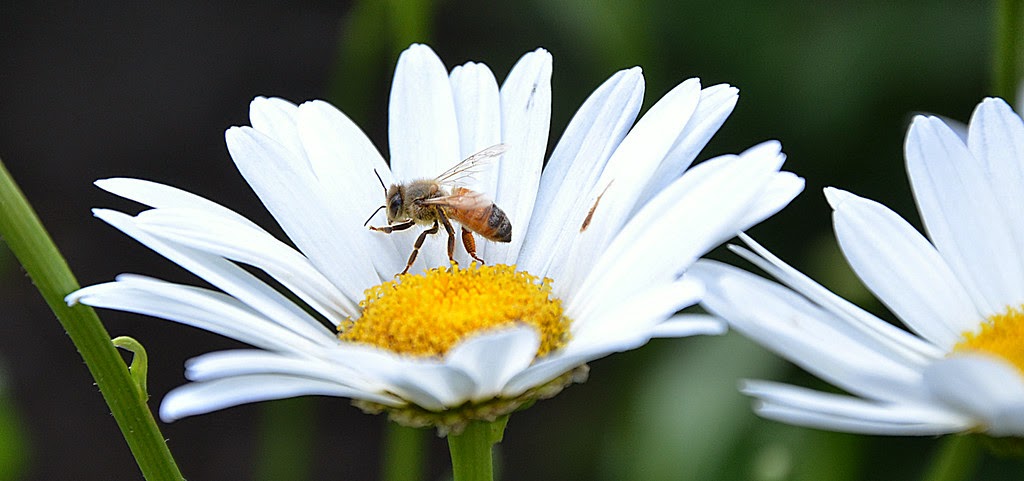Every Bee farm needs a benevolent watcher to keep the evil spirits away and bestow peace and tranquility on the farm. An Easter Island statue seemed to be just the thing so work began this week using a completely new (and cheaper) technique that has been formulating in my mind for some time now.
I originally welded an Easter Island statue for my wife's birthday a few years ago and then created a fiberglass mold of the statue. After several modifications to the mold and creating a fiberglass and foam statue it was apparent that fiberglass was too costly and time consuming as well as dealing with those toxic smelling fumes. I then purchased pour in foam which pretty much worked but was way to expensive for this type of project. This tiki is made from cheap expanding spray foam that is found in all hardware stores. At only $2.38 per can it's more than reasonable.
As in all projects, there were many lessons to be learned (the hard way) using this foam. Number one is this stuff is extremely nasty. DO NOT get it on your hands, skin or clothes as there is nothing that will get it off - google it if you don't believe me. I wore gloves but I kept taking them off which meant accidentally touching wet foam. By the end of the project I was covered with the stuff. Never and I repeat NEVER use soap and water to get it off (like what I did). Water is the hardening agent in this delightful chemical foam material. I literally spent hours with a sharp pair of scissors scraping my skin to get this stuff off. You're basically taking a layer of skin off to remove the foam. No fun. I can't imagine having some of this stuff get in your eyes. Without a doubt you'd be blinded for life. The other lesson learned using the cheap foam is you must make small layers instead of pouring 10 cans in at a time (what I did) which made an interesting and challenging mess. But one that was recoverable, plus I learned how to hand sculpt this stuff with a knife (to fix all the mistakes). Quite interesting and this will open future doors for sculpting whenever weird ideas flow into my brain.
While cleaning out the attic of the garage last week I found an old 1940's boiler style robot project that I had abandoned about 9 years ago. It was made from bent cement tube and styrene. I gave up the project after gluing the styrene and having all the skin bubble up from the type of glue I used. As this robot's skin needed to be smooth, the styrene would need to be ripped off and completely sanded and re-skinned, so it was sent to the attic with all the other valuable rejects (junk) in our extensive personal property collection.
But the body seemed to be a fairly close fit for a body of the Easter Island statue. Just need to add texture and arms and it could potentially allow me to make a 7-8 foot tiki. After apply some cheap hand mixed putty to the body with a paper towel the skin texture was near perfect.




































